EDITORIAL
Published on 26 Nov 2020
Editorial: Sustainability Challenges for Our Urban Futures
doi 10.3389/fenvs.2020.606777
- 1,324 views
- 1 citation
15k
Total downloads
110k
Total views and downloads
Select the journal/section where you want your idea to be submitted:
EDITORIAL
Published on 26 Nov 2020
ORIGINAL RESEARCH
Published on 27 May 2020
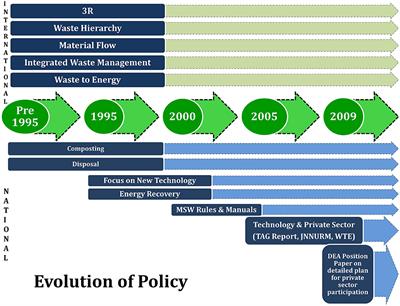
ORIGINAL RESEARCH
Published on 12 Mar 2020
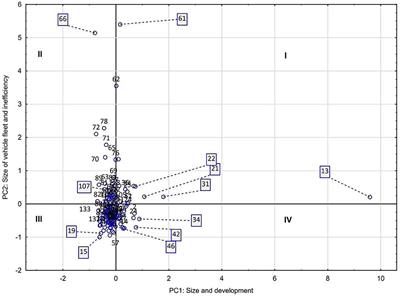
ORIGINAL RESEARCH
Published on 05 Nov 2019
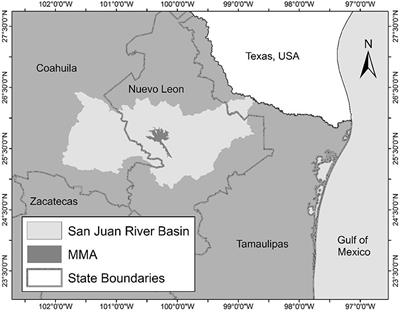
ORIGINAL RESEARCH
Published on 01 Nov 2019
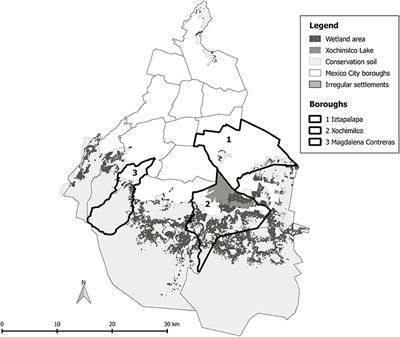
ORIGINAL RESEARCH
Published on 29 Oct 2019

ORIGINAL RESEARCH
Published on 18 Oct 2019
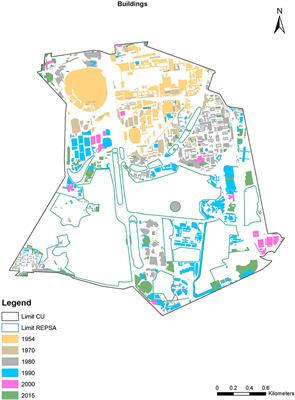
ORIGINAL RESEARCH
Published on 26 Sep 2019

HYPOTHESIS AND THEORY
Published on 02 Sep 2019

REVIEW
Published on 24 Jul 2019
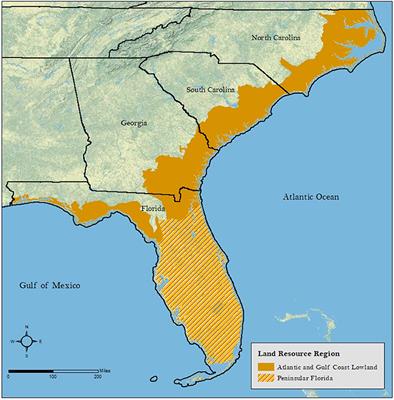

Frontiers in Earth Science
Frontiers in Public Health
Frontiers in Sustainable Cities